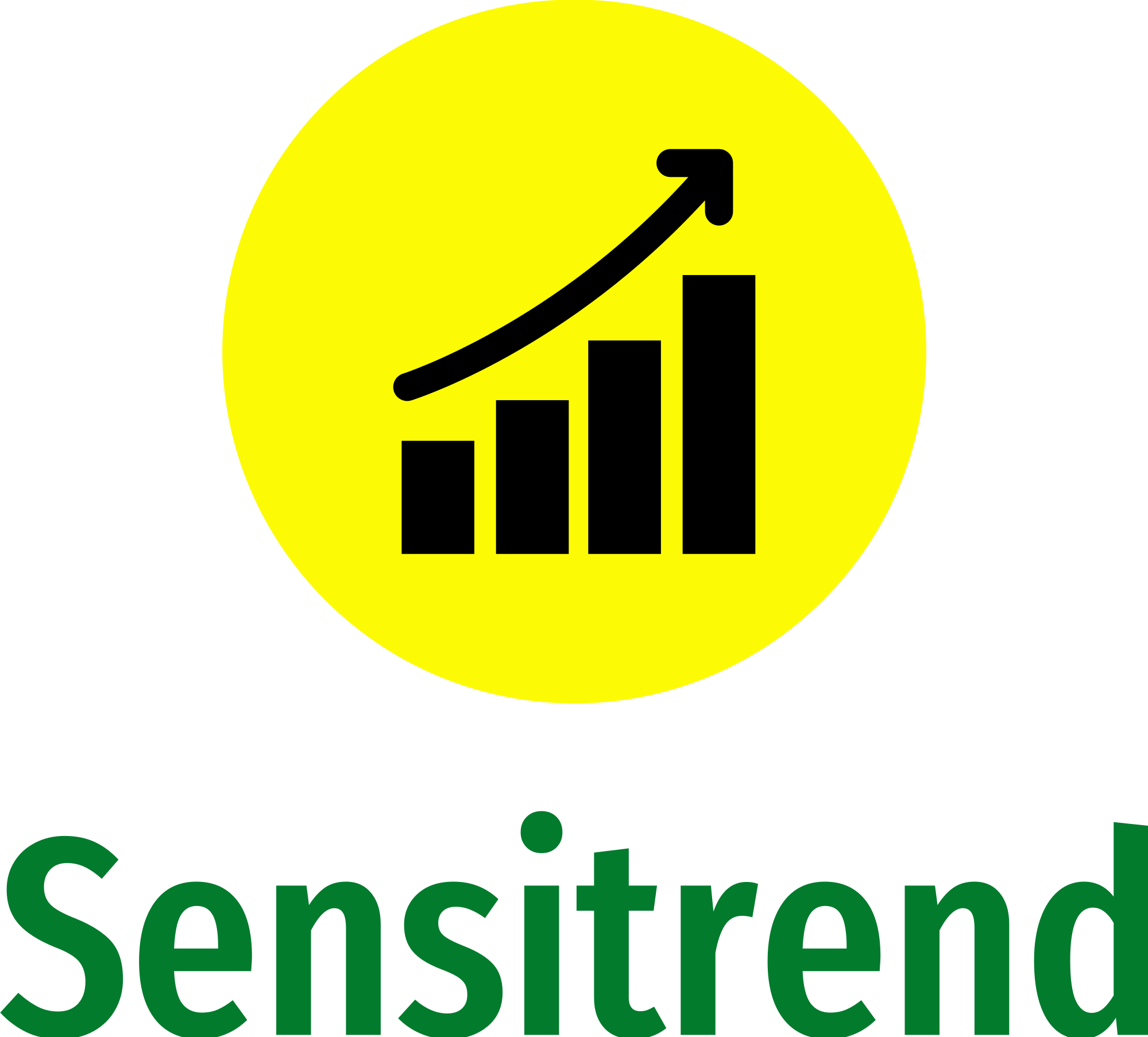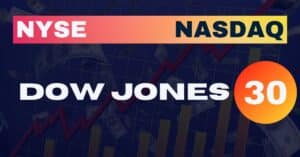The Nasdaq 100 is a stock market index consisting of the 100 most highly capitalized and traded stocks in the United States.
- Introduction
- Composition & Weighting of the Nasdaq 100 index
- The Criteria for Participation in the Nasdaq 100
- Importance of Nasdaq 100 index
- Top Nasdaq 100 Companies and their Trading Volume
- Difference Between Nasdaq 100 and Nasdaq Composite
- Does the Nasdaq 100 Index Include Companies from Other Countries?
Introduction
In 1985, the Nasdaq Index U.S. introduced the Nasdaq 100 Index. It established two indices: the NASDAQ Financial 100 and the NASDAQ 100. The NASDAQ Financial-100 includes banking, insurance, brokerage, and mortgage lending companies.
But the NASDAQ 100 includes the basic materials, consumer discretionary, consumer staples, healthcare, industrial, technology, and telecommunications sectors.
Composition & Weighting of the Nasdaq 100 index
Stocks registered on the Nasdaq stock market make up the Nasdaq 100 index. It is a weighted average that shows how much the share price of a firm affects the index. Larger corporations have a greater impact on the index than smaller ones because the companies are ranked according to size.
The Nasdaq 100 Index’s makeup fluctuates as a result of the addition and removal of companies from it. Because it is a price-weighted index, market capitalization cannot impact it. The weighting for each firm is calculated by dividing its price by the number of outstanding shares.
We can see the rebalancing of the index quarterly and annually on the basis of certain conditions.
The index only undergoes a once-every-three-month rebalancing if:
- One company alone is responsible for 24% of the index’s value.
- The weights of at least 48% of the index’s companies are at least 4.5%.
The index is only re-balanced annually after the quarterly re-balancing if:
- One company accounts for 15% of the index.
- The top five corporations by market capitalization have at least 40% of the index weights.
The Criteria for Participation in the Nasdaq 100
To be included in the Nasdaq 100 index, a security must meet certain eligibility criteria which include:
- The company must be a part of the NASDAQ index.
- As a component of the index, the company must be at least three months old.
- It must adhere to certain minimum requirements for trading volume and price.
- The listed company should reach a daily volume of 200,000 shares on average.
The Nasdaq 100 consists mainly of major corporations that have done well in the market or whose stocks are highly traded on Wall Street due to the company’s attractiveness.

Importance of Nasdaq 100 index
The Nasdaq 100 index firms are essential to the development and prosperity of the world community. They provide jobs and the most important services on a daily basis, which helps to ensure the sustainability and resilience of the global financial systems. Constituents of the Nasdaq 100 occupy the majority of the top spots on Forbes’ ranking of the top 100.
Additionally, for people who choose to invest in high-quality American non-financial companies, the Nasdaq 100 index provides the most trustworthy investing environment. The index can assist traders and investors in improving their financial situations all around the world.
Top Nasdaq 100 Companies and their Trading Volume
Some of the major technology stocks that are part of the list include Amazon (AMZN) which has an average daily volume of 73.646 million shares, and Apple (AAPL), which has an average daily volume of 89.664 million shares.
Alphabet Inc. (GOOGL) with an average daily volume of 31.808 million shares and Meta Platforms (META) with a total average daily volume of 44.545 million shares.
Netflix (NFLX) has an average daily volume of 11.864 million shares. Microsoft Corporation (MSFT) with a total average daily volume of 29.275 million shares and PayPal Holdings Incorporated (PYPL) with a total for day trade amounting to about 13.764 million shares.
Difference Between Nasdaq 100 and Nasdaq Composite
The majority of people believe that the Nasdaq-100 and Nasdaq Composite are identical indices. But in fact, that is not true; rather, the nature of the two indices differs. The Nasdaq-100 index is a collection of the top 100 non-financial U.S. corporations, whereas the Nasdaq Composite index is an index of all Nasdaq-listed companies. The Nasdaq index has around 3000 companies.
Does the Nasdaq 100 Index Include Companies from Other Countries?
The Nasdaq-100 index comprised a small number of foreign companies even though it included the top non-financial U.S. companies. While the S&P 500 Index includes foreign companies as part of the index, the Dow Jones Industrial Average has never included any. The Nasdaq-100 index included seven foreign firms from various countries in October 2022.
These foreign firms are AstraZeneca from England and Wales, Baidu, JD.com, NetEase, and Pinduoduo from China. ASML Holding and NXP are two additional companies from the Netherlands.




